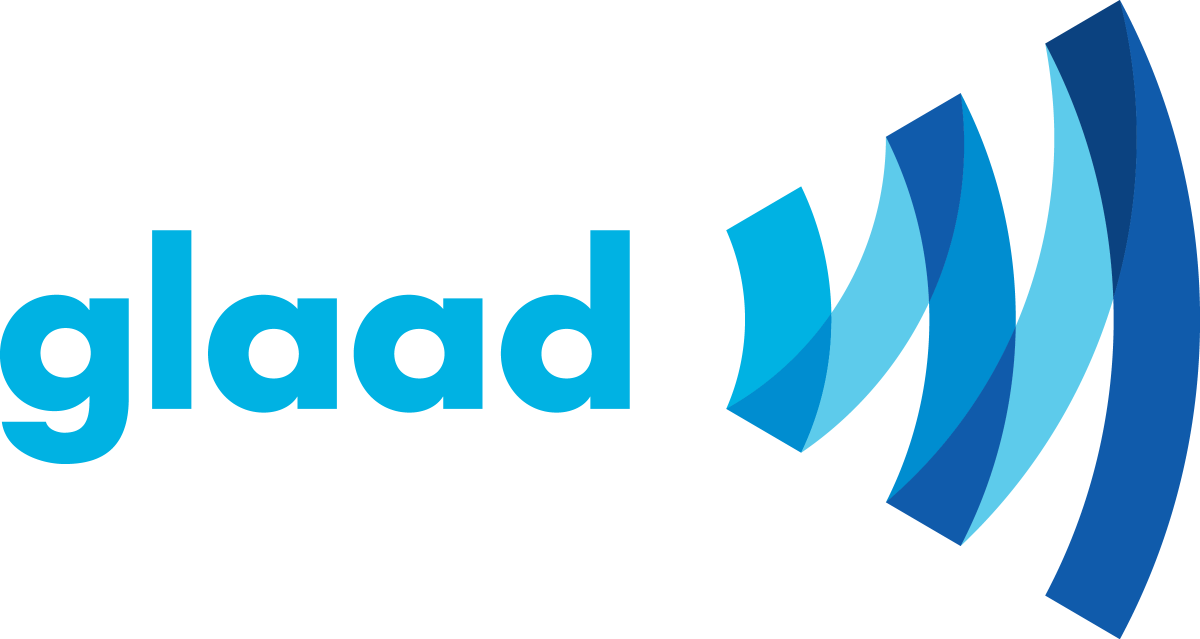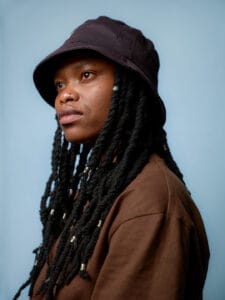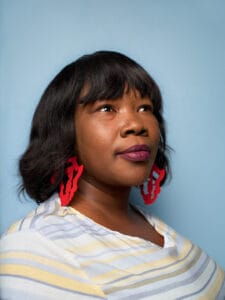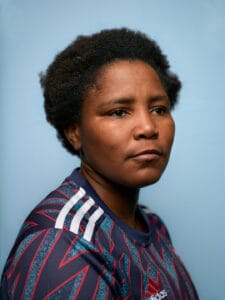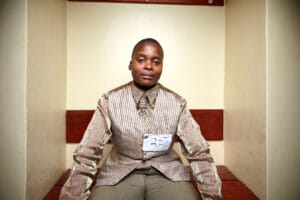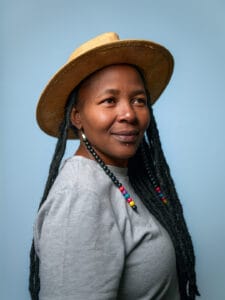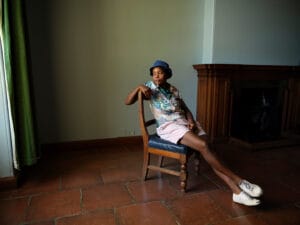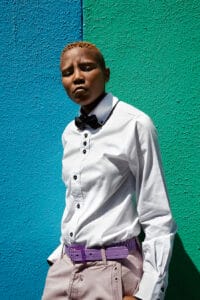Contact: press@glaad.org
Join GLAAD and take action for acceptance.
Trending
- Honoring Paul Kawata: A Legacy of Courage, Community, and Change
- Communities of Color Lead with Love on Spirit Day 2025
- Five Queer Filipinos Who Were On Project Runway
- Orion’s Quest: Exploring Black Queer Love Through the Stars
- Cleveland Rocks Spirit Day, Lighting Up Downtown Landmarks to Lift LGBTQ Youth
- WATCH: Maya Rudolph, Michaela Jaé Rodriguez, Joel Kim Booster & Ron Funches Bring the Laughter and Luxury in “Loot”
- The GLAAD Wrap: ‘Red, White & Royal Blue’ Sequel Announcement, ‘Palm Royale’ Season Two Trailer, New Music from Ezra Furman, and more!
- GLAAD’s Alex Schmider Recognized on 2025 OUT100 List
LGBT representations on television lacking diversity according to GLAAD’s Where We Are on TV report
NEW YORK, NY – GLAAD, the world's lesbian, gay, bisexual, and transgender (LGBT) media advocacy organization, today launched its annual Where We Are on TV report. Where We Are on TV analyzes the overall diversity of primetime scripted series regulars on broadcast networks and looks at the number of LGBT characters on cable networks and streaming services for the 2015-2016 TV season. This season marks the 20th year that GLAAD has tracked the presence of LGBT characters on television.
The report found that transgender characters are completely absent from primetime broadcast programming, and only three recurring trans characters were counted on cable (2%). Streaming services boast the highest percentage of transgender characters at 7%, with two notably being series leads. However of the seven total trans characters counted, only one was a transgender man.
"Each of us lives at the intersection of many identities and it's important that television characters reflect the full diversity of the LGBT community," said Sarah Kate Ellis, CEO & President of GLAAD. "It is not enough to just include LGBT characters; those characters need to be portrayed with thought and care to accurately represent an often tokenized community."
Racially diverse LGBT characters are notably lacking on all platforms with 71% (cable) and 73% (streaming services) of LGBT characters being white. Overall racial diversity is increasing with 33% (287) of 881 regular characters counted on primetime scripted broadcast programming being people of color, which is a six-point increase from last year. GLAAD also found that 16% (145) of regular characters on broadcast programming will be Black; the highest percentage since GLAAD began compiling comprehensive racial data 11 years ago. However, Black women remain significantly underrepresented with only 59 of those characters being female.
Additional findings include:
- Of the 881 regular characters expected to appear on broadcast primetime scripted programming in the coming year, 35 (4%) were identified as gay, lesbian, or bisexual. There were an additional 35 recurring LGB characters.
- The number of regular LGBT characters counted on cable increased from 64 to 84, while recurring characters increased from 41 to 58.
- For the first time, GLAAD counted LGBT characters on original series that premiered on Amazon, Hulu, and Netflix. GLAAD found 43 series regulars and 16 recurring LGBT characters across 23 series.
- Bisexual representations rose on both broadcast and cable this year with a notable increase (from 10 to 18) in the number of bisexual men appearing on cable programs. Unfortunately, many of these characters still fall into dangerous stereotypes about bisexual people.
- This year, 43% of regular characters on primetime broadcast programming are women, which is an increase of three percentage points from last year but still underrepresents women in the population.
- For the first time in two years, the percentage of regular characters depicted as living with a disability on broadcast programming has dropped, down to 0.9% from 1.4% reported last year. Between broadcast and cable, there is only one recurring character who is depicted as HIV-positive.
GLAAD’s Transgender Images on TV report, which will be released in November, catalogs and assesses the quantity and quality of transgender images on television. Additionally, the Studio Responsibility Index will be released in early 2016. GLAAD uses the data from these reports to create a clearer picture of the stories and portrayals of LGBT people being presented by the media and encourage networks and studios alike to include more diverse LGBT representations that accelerate acceptance.
About GLAAD:
GLAAD rewrites the script for LGBTQ acceptance. As a dynamic media force, GLAAD tackles tough issues to shape the narrative and provoke dialogue that leads to cultural change. GLAAD protects all that has been accomplished and creates a world where everyone can live the life they love. For more information, please visit www.glaad.org or connect @GLAAD on social media.
Add A Comment
Share this
Join GLAAD and take action for acceptance.
ALERT Desk Incident Reporting
Topics
Don't Miss
Tuesday, October 7 marked the first day back for the U.S. Supreme Court’s fall term…
